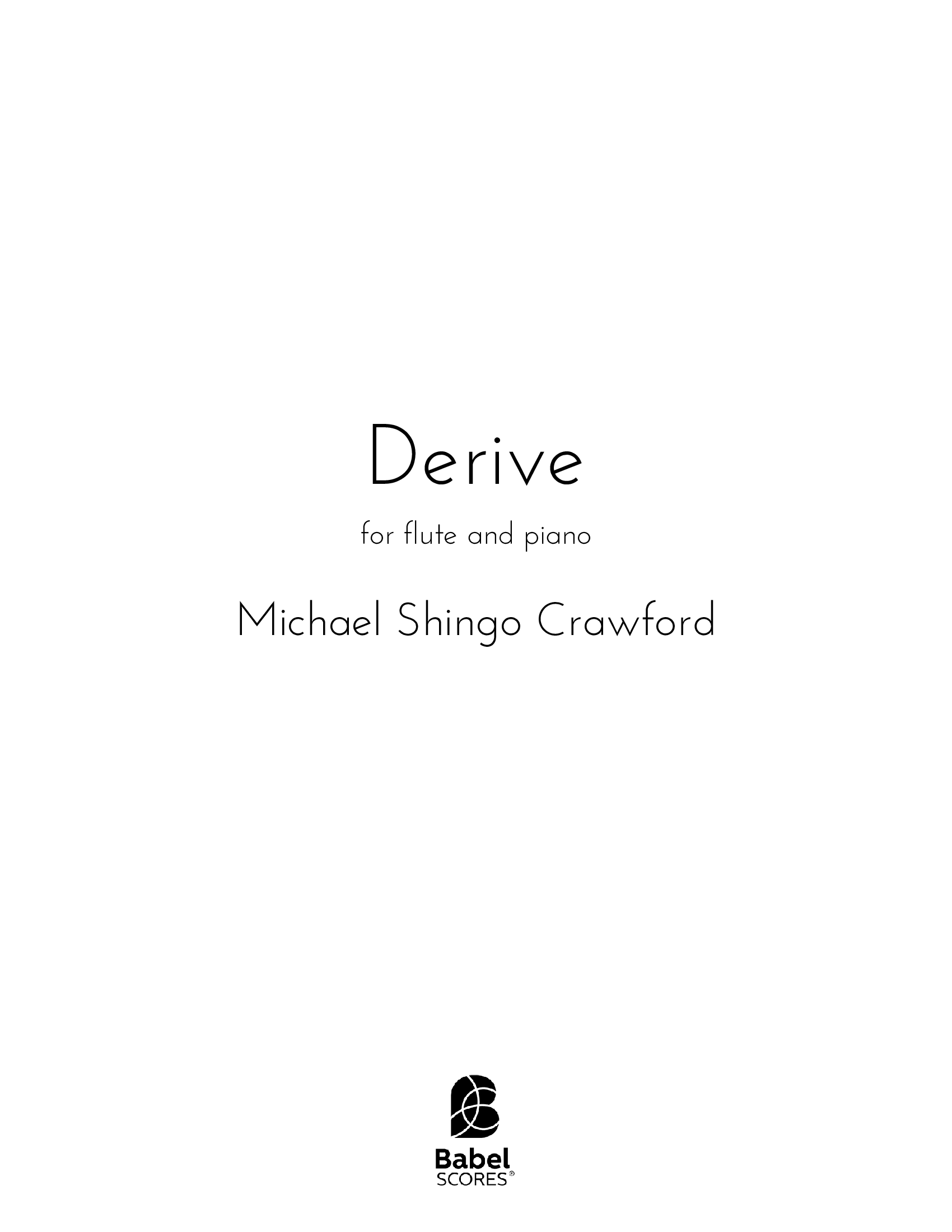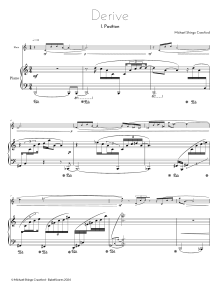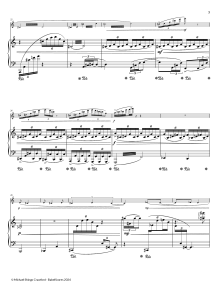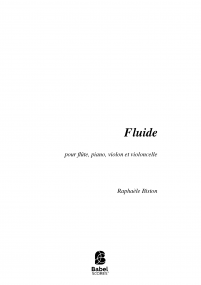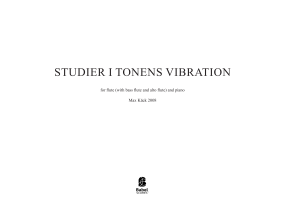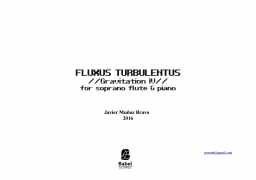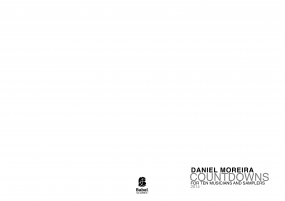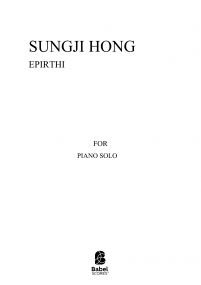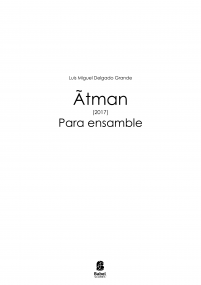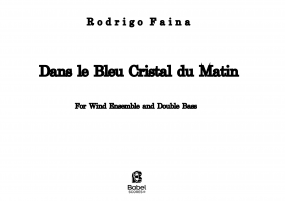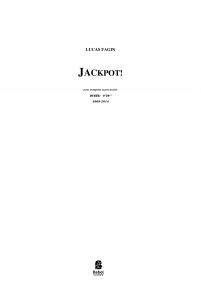Derive
for flute and piano
10,00 €
Version numérique (+0,00 €) à télécharger
Version papier (+14,80 € impression et livraison ). Colissimo7-14 days aprox.
Chez BabelScores, quand vous achetez une partition, vous pouvez ensuite contacter directement le compositeur ici même !
Caractéristiques
Region
North America (Canada - USA)
Estimated Duration
6 - 10min
Date
2018
ISMN : 979-0-2325-7980-1
Vidéos
Notes sur cette pièce
Ajouter à une playlist
- Identifiez-vous pour créer une liste
Derive turns to equations and differential calculus for pitch material. The first movement uses the equation f(x)=0.5x^3- 〖0.5x〗^2-10x. This function may represent the position of an object at any point in time, hence the name of the movement. Integer inputs in the range -6 to 5 produce a sequence of numbers that can be converted into pitches. The resulting series of pitches, with the contour of a graphed cubic equation, appear in fragmented forms in the opening of the piece, developing towards a complete statement at the end of the first section.
The second movement is based on f'(x)=1.5x^2- x-10, the first derivative of the original equation. This function calculates instantaneous velocity, the rate of change in the position of the object at any moment in time. This movement applies the equation more loosely—rather than extrapolating exact pitches based on the outputs, it merely replicates the parabolic contour of the graphed function.
f''(x)=3x- 1, the second derivative, serves as the basis for the third movement. This function tracks acceleration, or the rate of change in velocity. For each integer inputted, the resulting value is three greater than the previous one. This may be represented musically through a fully diminished seventh chord which consists of four pitches spaced three semitones apart. Two of these chords transposed and superimposed produce the octatonic scale, with alternating half steps and whole steps. These are the chordal and scalar materials around which the third movement revolves. The overlapping rising lines of varying lengths create a sense of constant ascent, alluding to the linear function’s infinitude.
Instrumentation
Flute
Piano
Piano
Score Details
Format - A4 / US Letter
Pages - 38
Pages - 38

